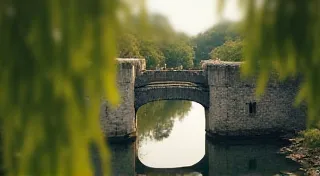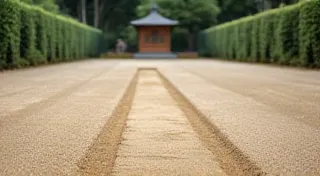The Silent Testimony: How Japanese Pagodas Reflect Zen Principles
There's a particular quality to old buildings that transcends mere bricks and mortar. It's a resonance, a whisper of the lives lived within, the hands that shaped them, the philosophies that guided their construction. Few structures embody this quality as profoundly as Japanese pagodas. They are not simply buildings; they are silent testimonies to a spiritual journey, a physical manifestation of Zen Buddhist principles woven into the very fabric of their design.
For those unfamiliar, pagodas are tiered towers, typically found in East Asian countries, most notably Japan, China, and Korea. While originating in India and spreading along the Silk Road, the Japanese pagoda, or tō, evolved into a distinctly unique form. They arrived in Japan during the 6th century, initially as part of the broader introduction of Buddhism. Early pagodas often mimicked Indian architectural styles, but over time, they adapted to the Japanese aesthetic, embracing natural materials and a profound sense of restraint. The process of creation, passed down through generations, speaks volumes about a dedication to the legacy of building that is almost vanishing – much like the mastery involved in the echo of hammers that once defined the craft.
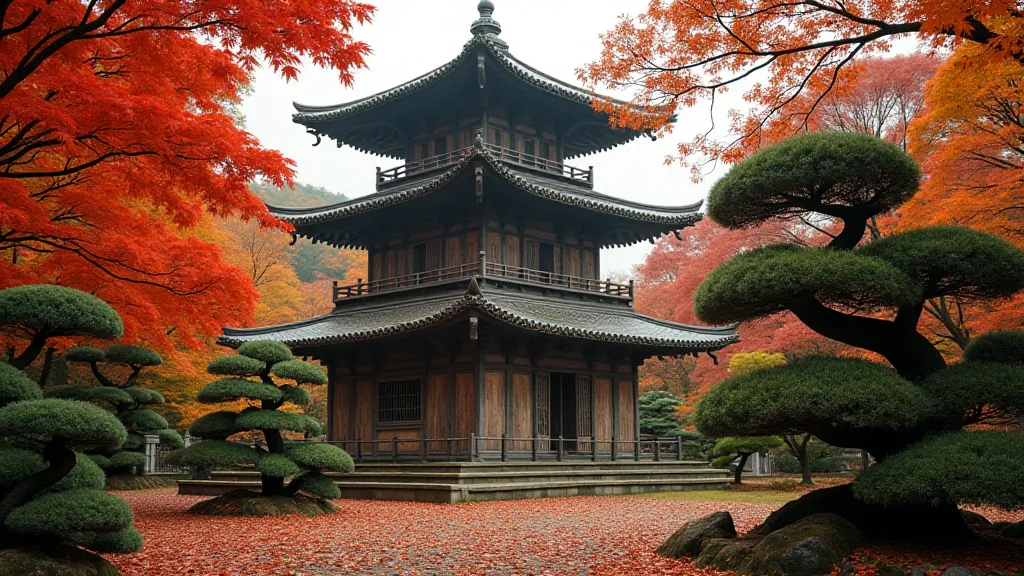
The Harmony of Form and Spirit
The connection between Japanese pagodas and Zen Buddhism is inseparable. Zen emphasizes simplicity, mindfulness, and a deep appreciation for the natural world – values that are strikingly reflected in pagoda design. Unlike towering Gothic cathedrals or opulent Baroque palaces, pagodas eschew grandeur in favor of understated elegance. The tiered structure itself is symbolic, representing the cosmic mountains, the layers of existence, and the ascent towards enlightenment. Each tier narrows as it rises, creating a sense of lightness and aspiration.
The use of natural materials is paramount. Predominantly wood – specifically, hinoki cypress and Japanese cedar – creates a warmth and connection to the environment. These woods, known for their durability and natural beauty, age gracefully, developing a patina that tells the story of the building's existence. Roofs are traditionally covered with clay tiles, often glazed in subtle earth tones. The absence of ostentatious decoration—intricate carvings are rare—further reinforces the Zen ideal of minimalism. The focus isn't on showcasing skill through elaborate ornamentation, but on achieving a harmonious balance with the surroundings. The beauty and simplicity extend beyond mere aesthetics, with an intentional consideration given to how the building interacts with light and sound – a principle echoed in how ancient structures across cultures have striven to create spaces that resonate, as seen in the house of echoes found in historical buildings worldwide.
It’s remarkable how much meaning is conveyed through such deliberate restraint. The rhythmic repetition of the tiered structure, the gentle curve of the eaves, the subtle variations in color and texture – all contribute to a sense of calm and introspection. Standing before a well-preserved pagoda, one can’t help but feel a quiet reverence, a sense of being transported to a place of stillness and contemplation. The interplay of design and the environment also has echoes of how architects in Romanesque architecture sought to manipulate light, creating a spiritual ambiance - a concept much like the language of light found in that time period.
Craftsmanship: A Legacy of Skill
The construction of a Japanese pagoda was, and remains, a monumental undertaking. Traditionally, these structures were built without nails or screws. Instead, intricate joinery techniques, passed down through generations of master carpenters, held everything together. These kumiki joints—complex interlocking wooden pieces—are works of art in themselves, demonstrating a profound understanding of wood’s properties and structural integrity. The skill required is breathtaking; a single joint might take days, or even weeks, to complete.
I remember visiting a small workshop in Kyoto a few years ago, where I watched a master carpenter meticulously crafting one of these joints. His hands moved with a practiced grace, each movement precise and deliberate. He explained that the process wasn’t just about fitting the pieces together; it was about understanding the wood's grain, anticipating its behavior, and allowing it to guide the process. He saw the wood not as a mere material, but as a living entity, imbued with its own inherent beauty and potential. It was a lesson in humility and respect for the natural world. The dedication and focus required to perform this kind of detailed work speaks to a broader trend in historic building methods, many of which have become far less common in modern construction.
The process of building a pagoda was also deeply communal, involving the collective effort of numerous artisans, each specializing in a particular craft—carpenters, roof tilers, painters, and sculptors. This sense of shared purpose and dedication is evident in the quality of the finished product. It’s not just a building; it’s a testament to the enduring power of human collaboration and craftsmanship. The ephemeral nature of architectural marvels, and how certain designs rise and fall with the times, calls to mind how ambitious concepts, once groundbreaking, sometimes fade into obsolescence – a fate similar to that of forgotten skylines that once dominated the horizon.
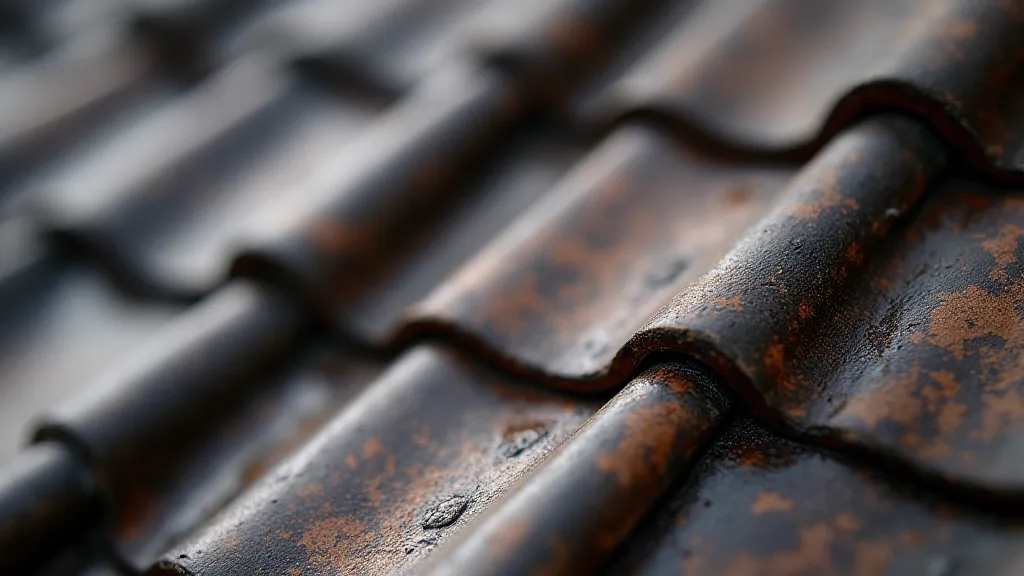
Restoration and Appreciation: Preserving a Legacy
Many Japanese pagodas have survived for centuries, enduring earthquakes, storms, and the ravages of time. However, ongoing maintenance and occasional restoration are crucial to their preservation. The process of restoration is a delicate balancing act, aiming to retain the building’s original character while ensuring its structural integrity. Modern techniques are sometimes employed, but traditional methods are always prioritized, ensuring that the building’s authenticity is preserved. This requires a deep understanding of the materials and techniques used in the original construction, a skillset that is increasingly rare and valuable. The challenges of preservation often involve adapting modern solutions to meet the demands of ancient designs, a situation not dissimilar to that encountered in preserving other historic sites.
The cyclical nature of architectural trends, where periods of innovation are followed by decline and eventual revival, is a recurring theme throughout history. These structures offer a tangible link to a past era, providing insights into the values, beliefs, and artistic sensibilities of the people who created them. The effort to retain these connections underscores a broader appreciation for the skills and techniques of the past, recognizing that true progress often builds upon the foundations of what has come before.
For those interested in appreciating these remarkable structures, a visit to Japan is, of course, the ultimate experience. However, even viewing high-quality photographs and studying architectural plans can offer valuable insights into their design and construction. Learning about the symbolism embedded within their forms and appreciating the skill of the artisans who created them can deepen one’s understanding and appreciation. The artistry that goes into creating these buildings echoes the artistry required of any craft, but is magnified by the scale and permanence of the structures.
The meticulous planning and design required to create a pagoda is a testament to the ingenuity and resourcefulness of the people who built them. From the selection of materials to the precise alignment of the tiers, every detail was carefully considered. This attention to detail reflects a deep respect for the natural world and a desire to create structures that would endure for generations to come. While new construction may prioritize efficiency and cost-effectiveness, the enduring quality of a pagoda lies in its ability to connect with the human spirit across time.
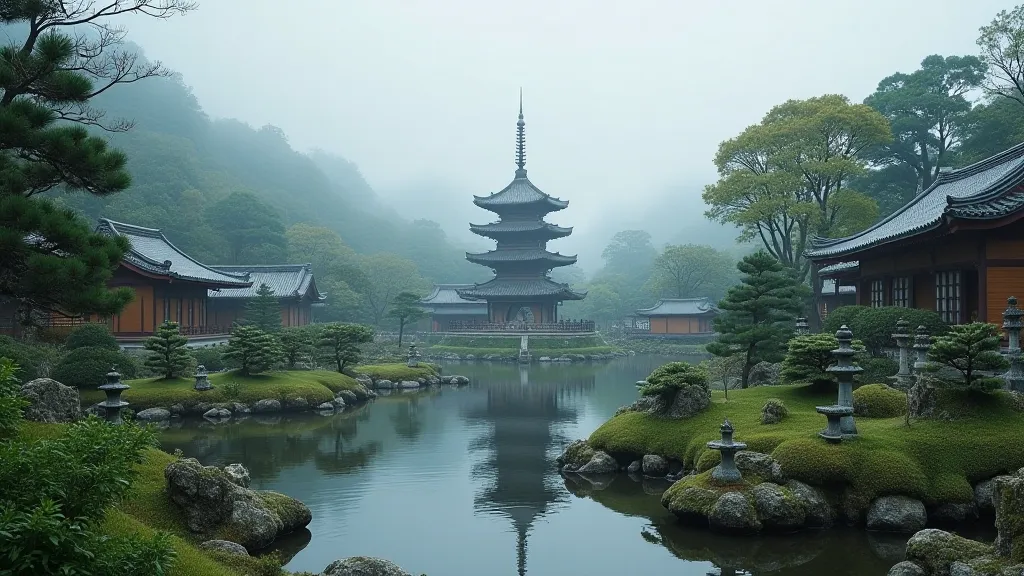
The Japanese pagoda represents a unique and profound expression of cultural and spiritual values. It’s a reminder that true beauty lies not in ostentation or grandeur, but in simplicity, harmony, and a deep connection to the natural world. These silent testimonies stand as enduring symbols of Japanese artistry and the enduring power of Zen principles, inviting us to pause, reflect, and find a moment of tranquility in a world often characterized by noise and complexity. The enduring nature of these structures is a testament to the human desire to create lasting legacies, expressions of culture that will echo through time long after the builders are gone. The quiet strength and resilience of these buildings serve as an inspiration, reminding us of the power of perseverance and the importance of honoring the past while embracing the future.
